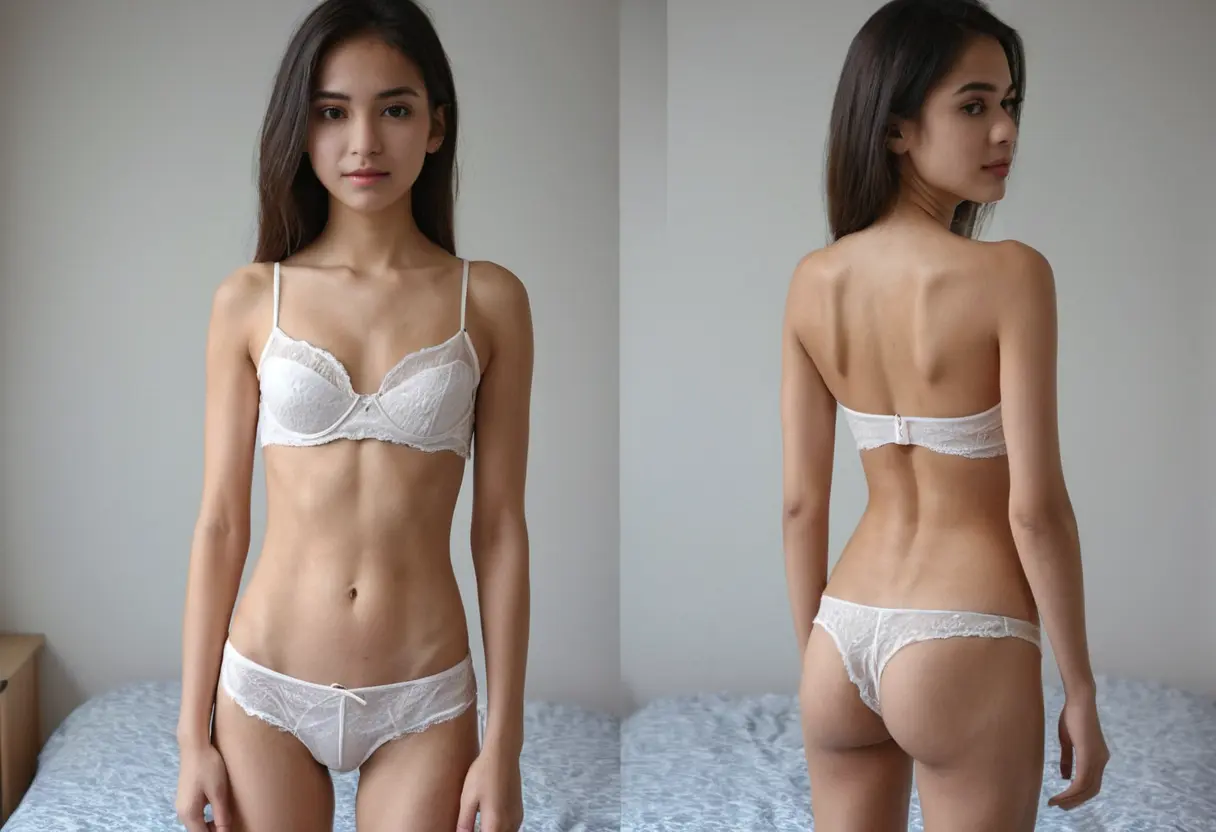does undress ai work
Introduction to Undress AI
In the rapidly evolving world of artificial intelligence, applications like Undress AI have sparked significant interest and discussion. This innovative tool utilizes advanced machine learning algorithms to create visually engaging representations of clothing removal, raising questions about its functionality, ethical implications, and practical applications. In this article, we will explore how Undress AI works, its potential benefits, ethical concerns, and its place in the broader context of AI technology. By the end, readers will have a comprehensive understanding of Undress AI and its implications in today's digital landscape.
How Does Undress AI Work?
Undress AI operates through a combination of computer vision and deep learning techniques. The fundamental process involves the following steps:
This process highlights the complex interplay between technology and creative expression, showcasing the potential of AI in transforming how we perceive and interact with fashion.
Potential Applications of Undress AI
Undress AI holds several potential applications across various fields:
These applications demonstrate the versatility of Undress AI, showcasing its potential to revolutionize industries by providing innovative solutions.
Ethical Considerations
While Undress AI presents exciting opportunities, it also raises important ethical questions:
Addressing these ethical concerns is crucial for the responsible development and deployment of Undress AI technology.
Technical Challenges
Despite its innovative potential, Undress AI faces several technical challenges:
Overcoming these challenges will be key to enhancing the functionality and user experience of Undress AI.
Conclusion
Undress AI is a fascinating intersection of technology and creativity, offering innovative solutions in the fashion industry and beyond. While it has the potential to revolutionize how we interact with clothing and body representation, it also brings forth ethical and technical challenges that must be carefully navigated. As we continue to explore the capabilities of AI, responsible use and ethical considerations will be paramount in shaping the future of applications like Undress AI. Ultimately, understanding both the benefits and implications of this technology will empower users and developers alike to harness its potential while minimizing risks.
Weekly hotspots
edit recommend
Friendly Links
- ai undress tool
- ai undressed
- undress picture ai
- best undress ai generator
- ai that undresses images
- undress ai no sign up
- best ai undressers
- ai undressing nude
- free ai undress apps
- undress naked ai
- ai porn undresser
- undress ai pro
- undress ai
- ai undressing ai
- ai for undressing
- undressing ai apk
- undressed ai generator
- ai undress examples
- ai nude undresser
- nude ai undresser
- ai undresser porn
- ai undresser online
- undressing ai telegram
- ai undress application free
- undress show ai
- free ai undress software
- ai undress pictures
- ai undress pics
- ai undresses people
- free ai porn undresser
- unlimited undress ai
- ai undress image generator
- ai that can undress photos
- ai that undresses pics
- undress ai nsfw
- ai photo editor undress
- ai undress women
- undress ai cc
- undress pic ai
- ai undress cc
- ai undressing ai
- undress ai tools
- ai undress photo free
- ai undress men
- undress anyone with ai
- ai undress software download
- undressing pictures ai
- ai undressing app
- best ai undressing
- ai undress application free
- ai undress
- ai undress
- undress ai promo code
- undress ai review
- undress ai reddit
- undress ai
- ai undress
- undress ai-deepnude images
- ai undress free
- undresser ai
- undressing ai
- undressing ai
- free undressing ai
- ai porn undresser
- undress ai porn
- free undress ai
- ai nude undress
- undress ai
- undress ai
- undress ai safe
- ai undresser free
- undress.ai
- ai porn undress
- free undress ai
- free Undress AI
- nude ai
- undressed ai
- undress ai free
- undress app
- ai undresser
- ai undressing
- undressing ai free
- ai undressing
- ai undress app
- free ai undressing
- undress ai app
- undress pornx.ai
- best undress ai
- free ai undress
- ai undressing
- undressing ai
- ai undressing free
- undress ai
- free ai undresser
- undress-ai
- ai nude



